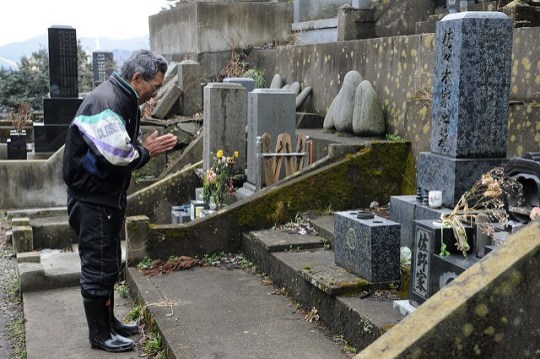Higan is the Buddhist festival which falls in March and September for a week. The middle of the week is the vernal and autumnal equinox day, respectively, meaning that on this day the length of time for day and night is equal. This heralds the new season, as expressed by the Japanese phrase, “The heat or cold extends until Higan.” We find in it renewed hope after long and weary days of cold or heat.
In all Buddhist temples, the Higan Service is celebrated to remind us of the impermanence of life.
Higan means “the other shore” and seems to be derived from the Sanskrit word paramita. It indicates “the state in which one has gone to the other shore after practicing the six paramitas, namely the virtues of giving, morality, patience, energy, meditation, and wisdom. The other shore symbolizes nirvana in contrast to this shore, the mundane world of samsara.”
The celebration of the Higan Service is believed to have started in Japan some 1,200 years ago. According to historical records, in the 25th year of the Enryaku era (A.D. 806), the Japanese government ordered the priests of the Kokubun-ji temples, established by the government in every province throughout Japan, to recite the Diamond Sutra at this time of year.
During this period, it is customary for Buddhists throughout the country to visit temples and graves. They bring flowers, incense, water or their favorite food to be to be offered to the deceased and greet them with refreshed minds to report on their well-being.
At this time also, devout Buddhists begin a pilgrimage to various temples designated as stations. Such visits originated with Kobo Daishi Kukai (774–835), the founder of the Shingon school, on Shikoku island where a large number of pilgrims can still be seen journeying from one temple to another.
Dressed in white, they make the journey ringing handbells and chanting sacred verses of a sutra in chorus.
A Guide to Japanese Buddhism
3 Likes
